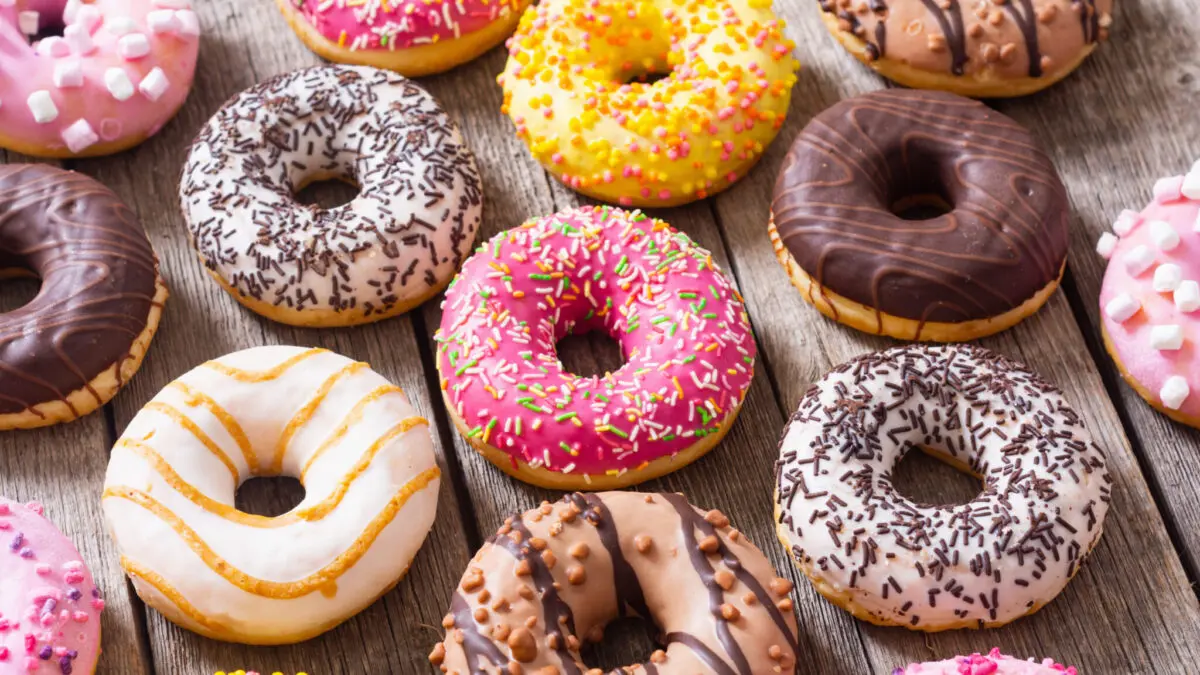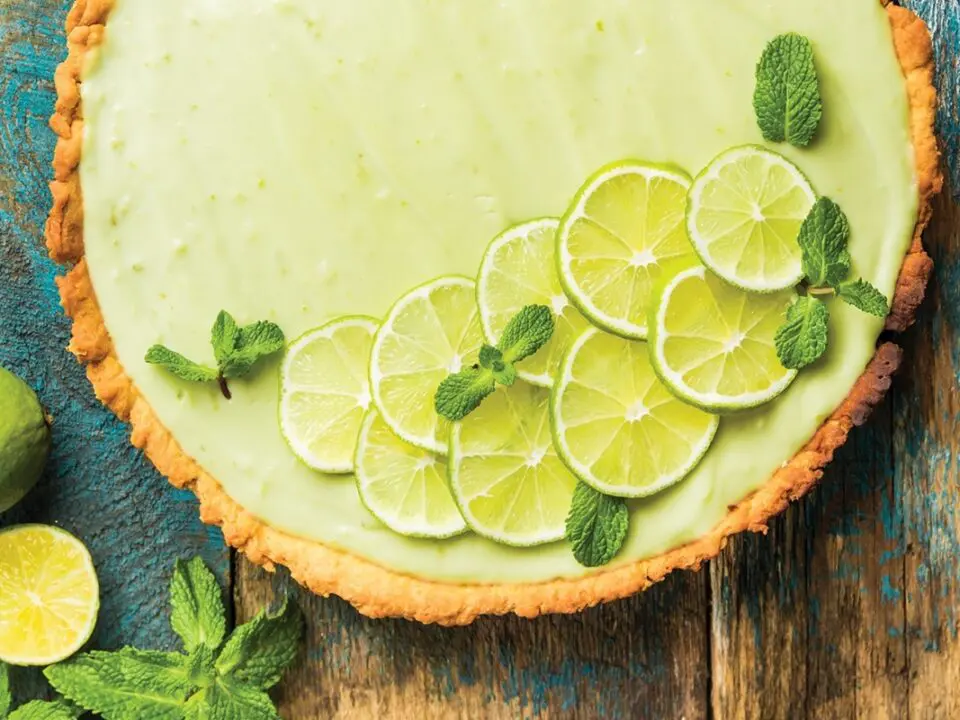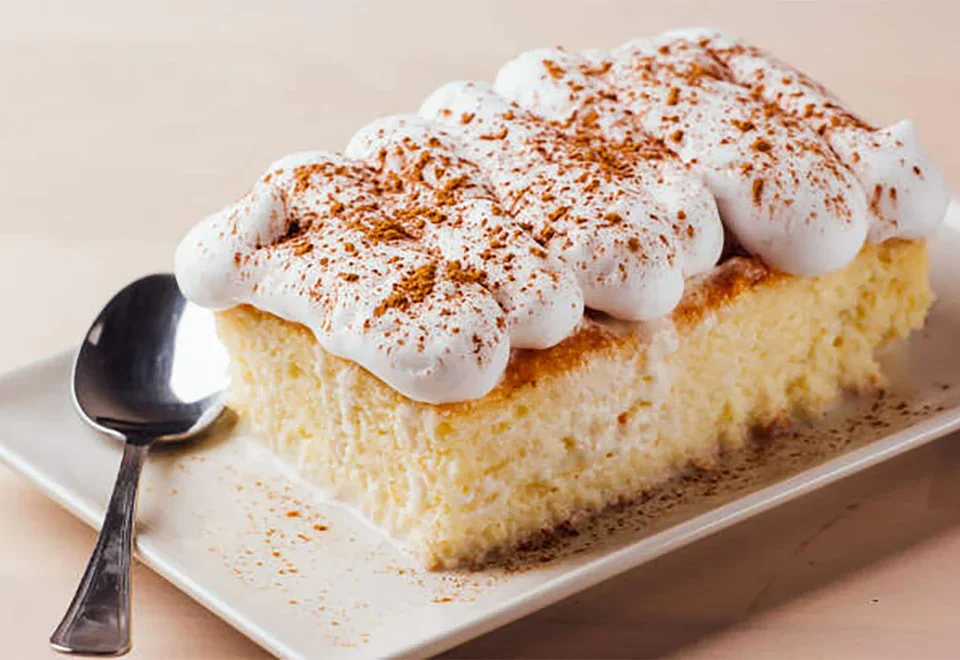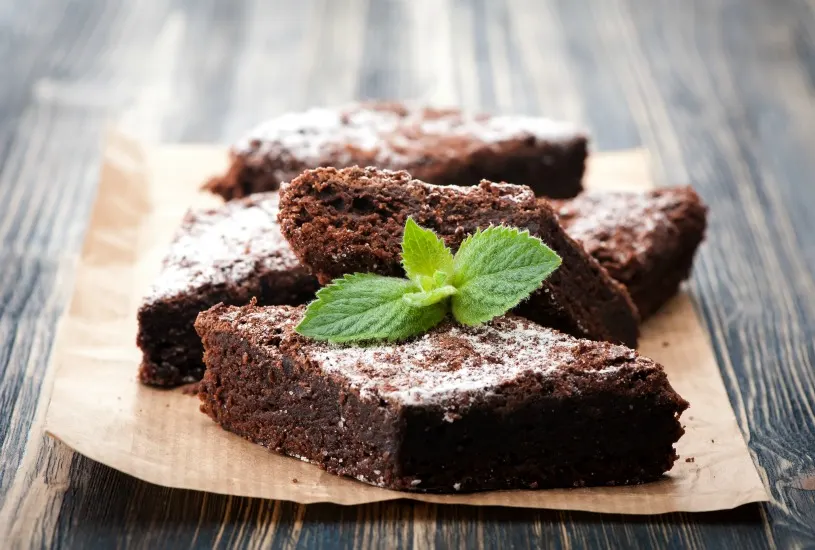
Dough Docker – Pricks Tart Dough to Prevent Puffing and Bubbling
September 16, 2025
Nestle Golden Chef’s Hat Awards – Hall Of Fame
September 16, 2025Fried Dough Rings or Balls, Glazed or Filled
While doughnuts are undeniably delicious, it’s important to note that their production can have environmental implications, particularly in terms of resource use and waste generation. As with any food, it’s important to consider the environmental impact of doughnuts and make sustainable choices where possible. Few treats are as universally loved as the doughnut. Whether it is a simple glazed ring with a cup of coffee or a custard-filled delight dusted in sugar, doughnuts have secured their place in food culture across the world. But where did they come from, and how did they become such a staple in North America and beyond?
A Brief History of Doughnuts
The origins of the doughnut trace back to early Dutch settlers in New York, who brought with them “olykoeks,” or “oily cakes,” small pieces of sweet fried dough. The story goes that in the mid-19th century, a New England ship captain named Hanson Gregory claimed to have invented the modern ring-shaped doughnut in 1847. He supposedly used the top of a tin pepper box to punch a hole in the centre, allowing the dough to cook evenly and lose its raw middle.
By the early 20th century, doughnuts had evolved into a symbol of comfort and convenience in the United States. This was especially true with the invention of the first doughnut-making machine in 1920 by Adolph Levitt, marking the start of their commercial popularity. Their easy-to-eat, satisfying nature made them a go-to treat for many.
Why Doughnuts Became So Popular
In the USA and Canada, doughnuts quickly became tied to community and routine. Doughnut shops offered affordable indulgence with endless variety, making them the perfect partner to the booming coffee culture of the 20th century. Police officers grabbing coffee and doughnuts during night shifts became part of popular culture, while major chains like Dunkin’ Doughnuts and Tim Hortons helped spread their appeal across North America.
Adaptations Across the World
The beauty of doughnuts lies in their versatility. Different countries embraced the concept, creating local twists:
- France has the beignet, a square of fried dough dusted with powdered sugar.
- Spain and Latin America have churros, long, ridged sticks often dipped in chocolate.
- Germany has Berliners, jam-filled round doughnuts without holes.
- Italy celebrates with bomboloni, cream-filled Italian doughnuts.
Each variation shares the same roots: fried dough made irresistible with sugar, fillings, or toppings.
Popular Variations and Accompaniments
Today’s doughnuts come in countless forms:
- Classic Rings: Glazed, iced, or dusted with cinnamon sugar.
- Filled Doughnuts: Cream, custard, jam, or chocolate centres.
- Cake Doughnuts: Denser with a tender crumb, often spiced or flavoured.
- Yeast-Raised Doughnuts: Light, airy, and pillowy soft.
- Gourmet Creations: Maple bacon, matcha glaze, or espresso cream fillings.
Doughnuts pair perfectly with coffee, hot chocolate, or even dessert wines in more indulgent settings.
Frequently Asked Questions about Doughnuts
Q: Who invented the doughnut?
A: Dutch settlers introduced early fried dough treats to the USA, but Captain Hanson Gregory is often credited with creating the ring-shaped doughnut in 1847 to help the dough cook evenly.
Q: Why are doughnuts so popular in the USA and Canada?
A: Doughnuts became linked to coffee culture, affordability, and convenience. Chains like Dunkin’ Donuts and Tim Hortons helped make them part of everyday life.
Q: Are there different types of doughnuts?
A: Yes. Varieties include yeast-raised doughnuts, cake doughnuts, filled doughnuts, and regional versions like beignets, Berliners, and churros.
Q: What is the difference between cake doughnuts and yeast doughnuts?
A: Cake doughnuts have a denser, tender texture made from a cake-like batter, while yeast doughnuts are lighter and fluffier because they rise before frying.
Q: What drinks pair well with doughnuts?
A: Coffee is the classic choice, but hot chocolate, chai, or dessert wines can also complement sweet or spiced doughnut flavours.



